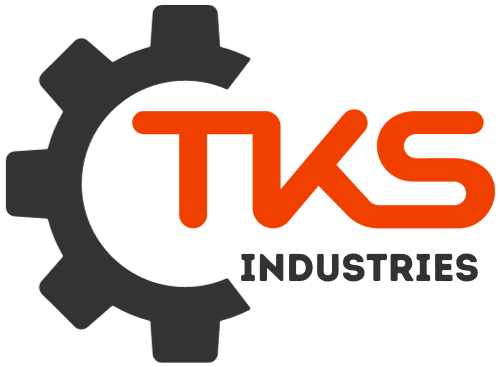[ad_1]
The Ultimate Guide to Injection Molding Machines
Injection molding is a widely used manufacturing process in which molten plastic is injected into a mold to create a desired shape. The resulting product is a precise and high-quality part with excellent dimensional accuracy. Injection molding machines, also known as injection molding presses, are the heart of this process. In this article, we will delve into the world of injection molding machines, exploring their types, features, and benefits to help you make an informed decision when selecting the right machine for your production needs.
What is an Injection Molding Machine?
An injection molding machine is a complex piece of equipment that consists of several key components:
- Injection Unit: This is the part of the machine that injects molten plastic into the mold. It consists of an injection cylinder, a plunger, and a valve system.
- Mold Clamping System: This system is responsible for holding the mold shut during the injection process, ensuring that the plastic flows evenly and the desired shape is achieved.
- Control System: This is the brain of the machine, responsible for monitoring and controlling the entire process, including temperature, pressure, and injection speed.
Types of Injection Molding Machines
There are several types of injection molding machines, each designed to cater to specific production needs:
- Holding Pressure Machines: These machines are designed for low-to-medium volume production and are ideal for producing small to medium-sized parts.
- Hydraulic Machines: These machines are more powerful and are commonly used for high-volume production and large parts.
- Electric Machines: These machines are more energy-efficient and are ideal for producing small to medium-sized parts with high precision.
- Hybrid Machines: These machines combine the benefits of hydraulic and electric machines, offering the best of both worlds.
Key Features to Consider
When selecting an injection molding machine, there are several key features to consider:
- Clamping Force: This determines the maximum pressure the machine can apply to the mold, which affects the part’s size and complexity.
- Injection Capacity: This determines the volume of plastic that can be injected into the mold in a single cycle.
- Injection Speed: This affects the part’s quality and surface finish, with faster speeds producing more precise parts.
- Temperature Control: This ensures that the plastic is melted and injected at the correct temperature, which affects the part’s quality and durability.
- Automation: This feature can improve production efficiency and reduce labor costs.
Benefits of Injection Molding Machines
Injection molding machines offer several benefits, including:
- High Accuracy: Injection molding machines produce parts with high accuracy and precision, ensuring consistent quality.
- Rapid Production: Machines can produce parts at high speeds, making them ideal for high-volume production.
- Cost-Effective: Injection molding machines reduce labor costs and improve production efficiency, making them a cost-effective option.
- Versatility: Machines can produce a wide range of parts, from small to large, with varying complexities.
Conclusion
Injection molding machines are complex pieces of equipment that play a crucial role in the production of high-quality plastic parts. By understanding the different types of machines, key features to consider, and benefits of injection molding machines, you can make an informed decision when selecting the right machine for your production needs. Whether you’re a seasoned manufacturer or just starting out, an injection molding machine is an essential investment for producing high-quality parts with precision and accuracy.
[ad_2]
